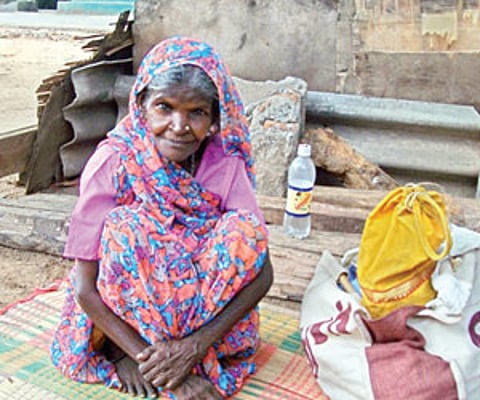

I just finished reading a book called Mama Poc written by Anna LaBastille. The author dedicated 25 years of her life to studying the Poc (local name) or the Giant Grebe that can only be found in Lake Atitlan, in the native American village of Panajachel, Guatemala. She was called Mama Poc since she made the critically endangered bird’s cause her own and tried to fight against overwhelming odds to give them a future.
In 1960, she made her first trip to Lake Atitlan and was rowing in a boat with her husband when a strange bird came into focus through her binoculars near the reed beds — a bird as large as a wood duck with a large white beak and a black pied mark coupled with a jaunty appearance. A little investigation revealed that it was the giant grebe. A bird about which nothing was known — its behaviour, ecology – nothing. A small census in 1964 revealed a mere 82 birds. LaBastille was to dedicate the following 25 years of her life, battling to reclaim its habitat — the reed beds.
With gradual research, it was learned that the birds found refuge in the thickness of the shallow water reed beds and cattails to nest and hatch eggs. But these same reed beds were cut by the locals and dried to make pettates or mattresses out of it.
The slightest such invasion of their habitats during the nesting season could cause enough stress in the grebes to halt their breeding process. Soon, LaBastille went to meet the Minister of Agriculture to see if reed cutting could be stopped.
A meeting with the local reed cutters was fruitful as it was agreed that reed cutting would be stopped from May till August, which is the grebe’s nesting period and also no one would cut more than 50 per cent of the reed in their plots.
The second threat to the grebes came from a species of fish called largemouth bass introduced in 1958 and 1960 by Pan American Airways and Panajachel Hotels to promote sport fishing and attract tourists. This was done without any ecological study. These bass were big enough to eat up grebe chicks and were not part of the grebe diet either.
Thus followed a programme to abolish bass from Lake Atitlan and replenish the native fish stock.
Everything seemed to fall into place for Operation Protection Poc — LaBastille’s initiative to save the pocs in Guatemala. By now, the politicians, school children and local people were all made aware through campaigns, a grebe sanctuary was formed in the hope of breeding grebes in captivity and releasing them into the wild. LaBastille had her share of sunstrokes and fits of depression but her indomitable spirit prevailed.
It all seemed to have fallen into place when the grebe population touched 250 and she left Guatemala to complete her PhD in the States. Until one day an earthquake struck with a subsequent earth crack underneath; water levels receded fast in the sanctuary. As a consequence, the reeds dried up and started dying. The grebes had to be released from the sanctuary. Anna and her local friends tried to replant reeds elsewhere in the lake to maintain the grebe habitat.
In 1980, due to political unrest in Central America all grebe protection work was halted. The honorary warden of the grebe sanctuary was murdered. LaBastille, out of fear for her life, could not return to Guatemala. In March 1984 she returned. But the damage had been done by then. Huge multi-storey buildings had been constructed around Lake Atitlan and all the sewage pipes were connected to the lake! Guatemala now was a bustling town but the Grebe population went down, down and only down. With no reeds the grebes began to vanish. By the fall of 1986, the fate of the grebes was sealed — about 20 birds remained, too few to sustain a viable population.
The battle was not won by LaBastille but the book is not about defeat either. It’s about what conservation is — a culmination of factors to make a species survive and the repulsion amongst the same factors which ends up erasing the species. The vulnerability of a species to myriad factors is what confers perceivable importance to them for they are like litmus paper designed to detect environmental problems. As we struggle to redefine our relationship with nature and live ‘sustainably’, diversity of plant and animal life becomes the ultimate assay of the sustainability of our lifestyle.